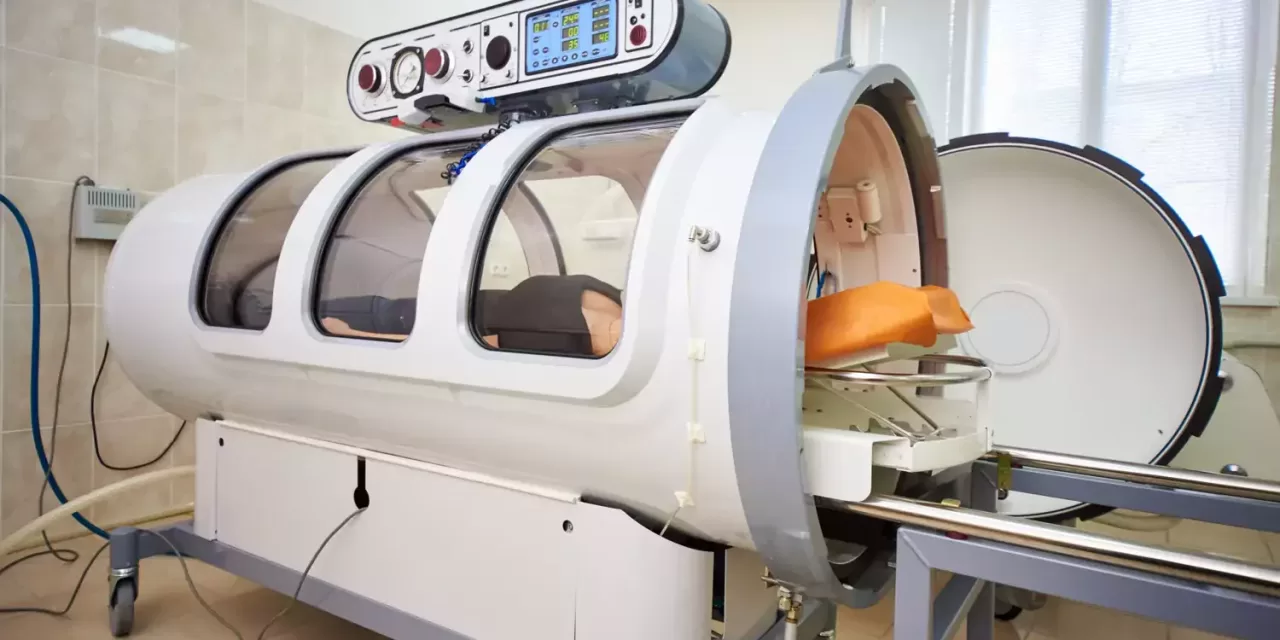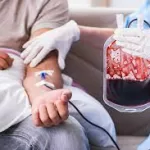Experts emphasized the importance of adhering to safety standards in Hyperbaric Oxygen Therapy (HBOT) on Friday, highlighting that the treatment, while promising, can pose serious risks if not properly regulated. This call for caution follows reports of an Uttar Pradesh couple duping elderly people by offering unsafe HBOT procedures.
HBOT involves breathing pure oxygen in a pressurized chamber, allowing more oxygen to dissolve in the blood and reach tissues that may be deprived of oxygen. The therapy has garnered popularity globally, particularly for its role in boosting healing, reducing infections, and treating conditions such as carbon monoxide poisoning, diabetic foot ulcers, and non-healing wounds. It is also reportedly being used to manage autism, cerebral palsy, and multiple sclerosis.
“When you give oxygen under additional pressure, it can significantly increase oxygen delivery to tissues beyond what is normally carried in the blood,” explained Prof. (Dr.) Tarun Kumar Sahni, Head of Hyperbaric Medicine & Senior Consultant in Internal Medicine at Apollo Hospital. “This additional oxygen is carried in the plasma part of the blood and reaches different parts of the tissues, promoting healing.”
In recent years, HBOT has seen rapid growth in popularity, with high-profile endorsements from celebrities such as pop star Justin Bieber, who promoted the therapy for its potential anti-aging benefits. In India, actress Samantha Ruth Prabhu recently shared on social media that she had undergone hyperbaric therapy to manage her autoimmune condition, myositis, a disorder that causes muscle weakness and pain.
However, despite its benefits, experts warn that HBOT comes with potential risks and side effects. “HBOT can cause ear damage, sinus issues, and oxygen toxicity,” said Dr. Vivek Anand Padegal, Director of Pulmonology at Fortis Hospital, Bannerghatta Road. “It’s not recommended for pregnant women, individuals with untreated pneumothorax, or active cancer. Those with chronic illnesses, respiratory issues, or pacemakers should consult their doctor before undergoing the therapy.”
Dr. Padegal further noted that while HBOT has several FDA-approved indications, its use beyond these conditions remains limited, and insurance coverage varies, making it crucial for patients to have an informed discussion with their healthcare providers before pursuing treatment.
The incident in Uttar Pradesh serves as a stark reminder of the dangers of unregulated use of medical equipment. Prof. Sahni compared the situation to “driving a car without a seatbelt at high speed”—unsafe practices can lead to fatal outcomes. “The equipment used by the UP couple did not meet any safety standards, which is crucial for HBOT,” he stressed.
Dr. Arun Kotaru, Consultant in Pulmonology & Sleep Medicine at Artemis Hospitals, added that HBOT is not a cure-all. “It may not be effective for all conditions, and it’s essential to consult a healthcare professional to determine if HBOT is suitable for you and to discuss potential risks and benefits,” he said.
As the demand for hyperbaric oxygen therapy grows, experts emphasize the importance of ensuring that facilities and treatments adhere to strict safety protocols to protect patients from harm. The case in Uttar Pradesh serves as a cautionary tale, underscoring the need for vigilance and regulation in emerging medical therapies.











